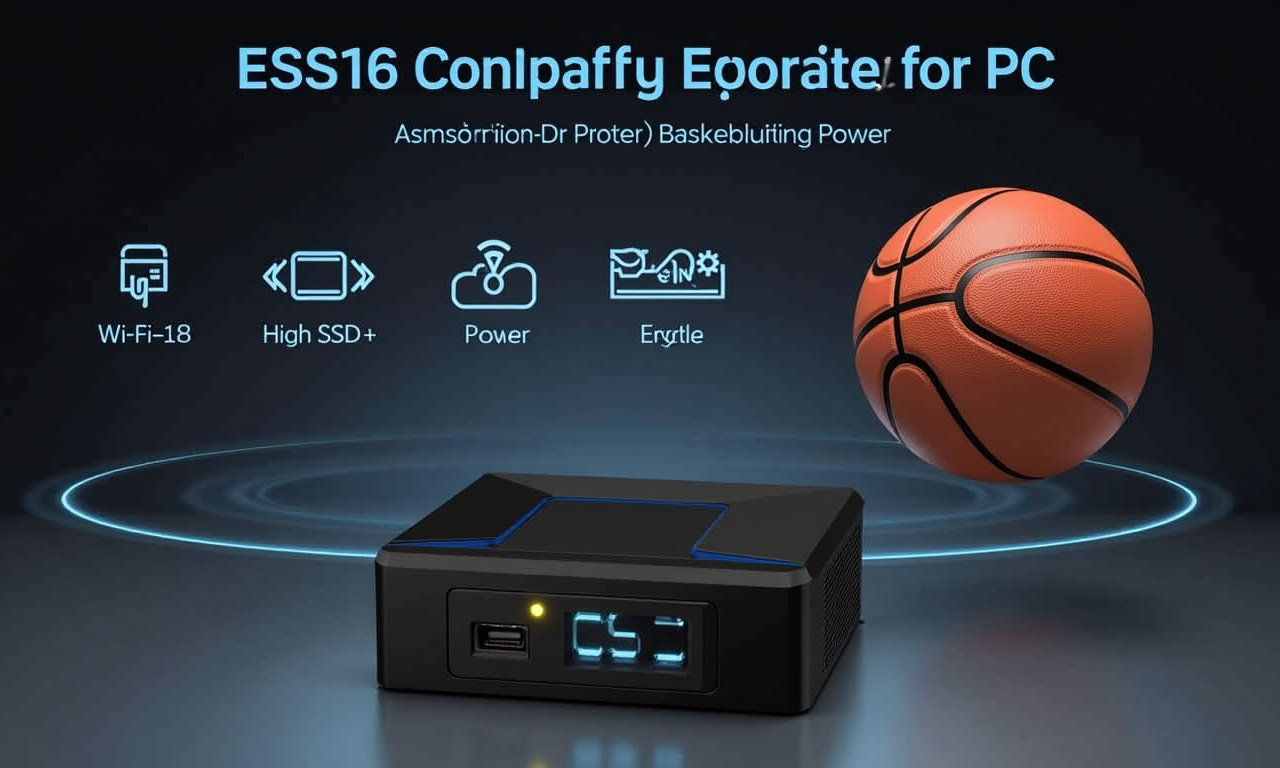In a déjà vu moment for the tech community, AMD’s RX 9070 XT has now been spotlighted in a power connector melting issue akin to the infamous ‘meltgate’ with Nvidia. Just when we thought power connector problems were behind us, a Reddit user reported a melted 16-pin connector on their brand-new card. The situation brings back memories of the similar unfortunate episodes with Nvidia’s RTX 4090, which were supposed to be stopped in their tracks with an upgraded power connector specification.
Zooming In
The latest report hails from a user known as ‘Savings_Opportunity3’, who documented the gruesome scene of their 16-pin 12V-2×6 connector showing the early signs of doom with ominous darkening before descending into full-blown melting. The RX 9070 XT typically leans on multiple 8-pin setups, but in this case, the user opted for a 3×8 pin adapter cable, making it just the fourth time they ran the configuration. Talk about a short-lived cable romance!
A Broader Perspective
The incident is not an isolated case. Nvidia’s past experiences led to the creation of the 12V-2×6 connectors to cater better to increasing power demands, suggesting a universal challenge in the graphics card realm. The recurrence with an AMD product illustrates that this problem demands attention across the industry. Meta-lessons from these episodes involve better engineering standards for connectors and smarter user practices.
Power Supply Bumps
To add juice to the fire, ‘Savings_Opportunity3’ was using a 700W power supply, not meeting the suggested 750W for the RX 9070 XT. A tad like bringing a knife to a gunfight. Though insufficient wattage usually means shutoffs, it can aggravate existing flaws like imperfect connections, leading to such thermal horror stories. Pin seating adjustments, as evidenced by colored indicators being implemented by manufacturers like MSI, are essential to avoid disasters.
Expert Takes and Community Feedback
Experts don’t pull punches – they point to incorrect installations and shoddy third-party cables as major suspects. Industry voices even suggest differential impedance among pins, causing imbalanced loads. As graphics cards march towards more power-hungry specs, robust and premium cables are the suggested route.
The takeaway? Rigorous attention to component quality and installation is akin to tech insurance. While AMD’s involvement forces a more expansive power talk, both makers and users need due diligence. As hardware ecosystems adapt, the lessons from this and past ‘gates’ should fuel smarter, safer assemblies.








